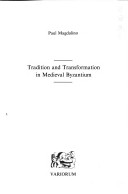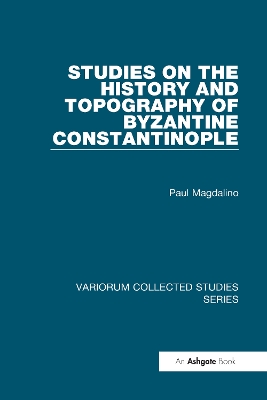Variorum Collected Studies
2 total works
CS343
Explores the basic structures and the manifestations of Greek Byzantine identity between the 11th and 14th century and attempts to show how the elite subtly revised its political, religious and cultural outlook. It also considers the role of the Comnenian dynasty in shaping and provoking change.
Studies on the History and Topography of Byzantine Constantinople
by Paul Magdalino
Published 28 August 2007
Constantinople originated in 330 A.D. as the last great urban foundation of the ancient world. When it was sacked by the Fourth Crusade in 1204 it was the greatest city of the European Middle Ages. Its transition from the one to the other was determined partly by its continuous function as an imperial capital, partly by the steady proliferation of churches, monasteries, and Christian philanthropic institutions, and partly by the widespread urban disruption and depopulation that affected what was left of the Roman Empire in the east from the sixth to the eighth centuries. The studies in the present volume examine aspects of this long and complex process as reflected in the topography, monuments, self-image and political status of medieval Constantinople. They include a revised English version of a monograph published in French ten years ago, nine reprinted articles, and two published here for the first time.

